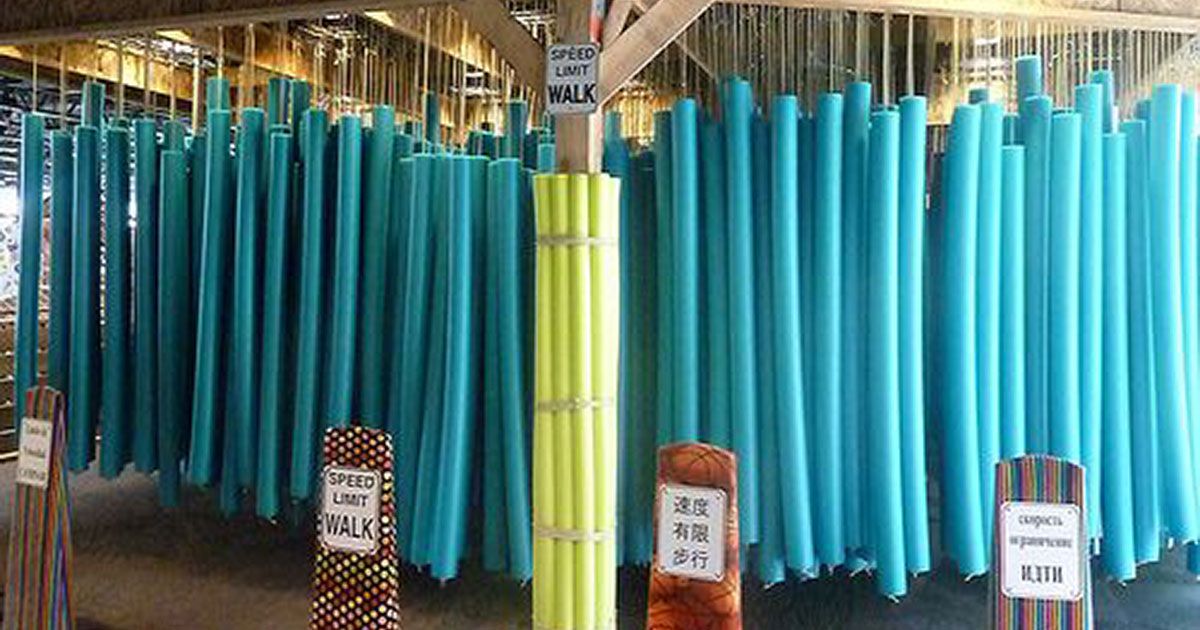

While telomere-to-telomere chromosome assemblies with no unresolved gaps are starting to enter the realms of possibility (e.g., Miga et al., 2020), a so-called chromosome-scale assembly is most typically a set of pseudo-chromosomes in which physical and/or genetic map information has been used to group, order and orient a set of scaffolds and contigs into a representation of the karyotype.

Furthermore, as the practical and financial barriers to de novo assembly are reduced and high-quality references are reported for an increasing number of taxa, the field of comparative genomics will flourish, delivering new insights into the patterns and processes underpinning the diversity of life.

A reference genome also serves as a catalogue of the coding sequences and other functional components of an organism's DNA: a starting point for all manner of biological investigations. A reference genome can serve as a foundation for studies of intra- and interpopulation variation, for example providing insights into demography, adaptation and informing marker design. The proliferation and attainability of high-quality genomes opens up many new avenues for the molecular ecology community. Today, a high-quality, highly contiguous assembly with scaffolds that approach chromosomal proportions is a realistic and affordable goal for most eukaryotic assembly projects. Just a decade ago, genome assemblies in so-called non-model organisms were often prohibitively expensive and the draft was typically a fragmented bundle of thousands or tens of thousands of contigs and scaffolds, infrequently stitched together with genetic map information. Progress has been driven by sustained improvements in short-read sequencing technologies and assembly methods along with the emergence of innovative, disruptive technologies such as long-read sequencing, linked reads, Hi-C and optical mapping (for a historical perspective see Giani et al., 2020). The advances that have been made in the de novo assembly of eukaryotic genomes over the past few years are astonishing. While these recommendations are based on current technology, we anticipate that future advances will push the field further and the molecular ecology community should continue to adopt new approaches that attain the highest quality genome assemblies. Finally, a genome assembly is most valuable if all data and methods are made publicly available and the utility of a genome for further studies is verified through examples. (c) Genome assemblies should be carefully evaluated, this may involve utilising short read data for genome polishing, error correction, k-mer analyses, and estimating the percent of reads that map back to an assembly. (b) At least one scaffolding approach should be included with genome assembly such as Hi-C or optical mapping. Key recommendations include the following: (a) Genome assemblies should include long-read sequencing except in rare cases where it is effectively impossible to acquire adequately preserved samples needed for high molecular weight DNA standards. Here, we highlight advances in technology that have raised the bar for genome assembly and provide guidance on standards to achieve exceptional quality reference genomes. Moreover, the extent to which a single reference genome represents the diversity within a species varies: pan-genomes will become increasingly important ecological genomics resources, particularly in systems found to have considerable presence-absence variation in their functional content. In the field of molecular ecology, this has led to the development of exceptional quality genome assemblies that will be important long-term resources for broader studies into ecological, conservation, evolutionary, and population genomics of naturally occurring species.

The quality of genome assemblies has improved rapidly in recent years due to continual advances in sequencing technology, assembly approaches, and quality control.


 0 kommentar(er)
0 kommentar(er)
